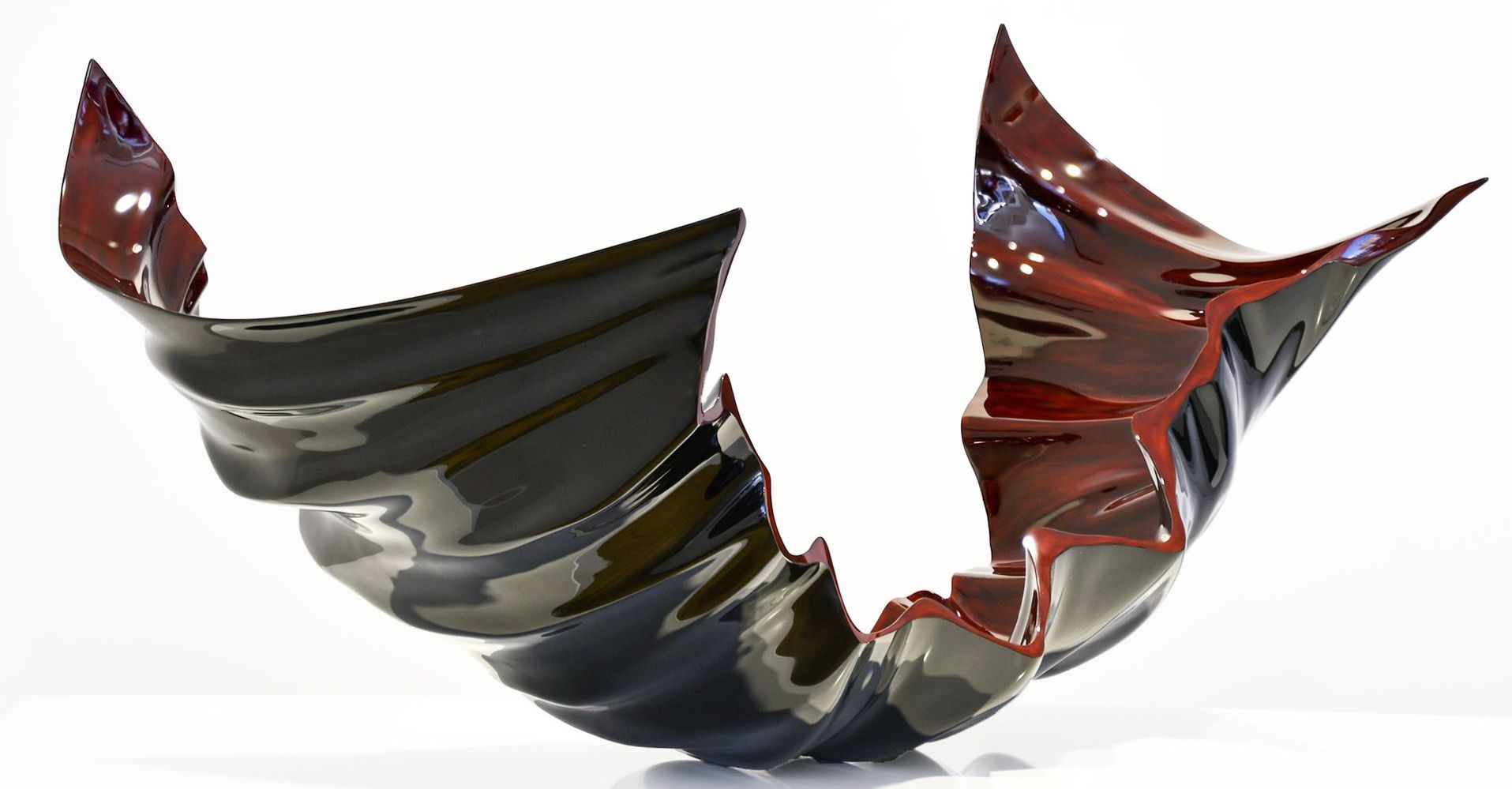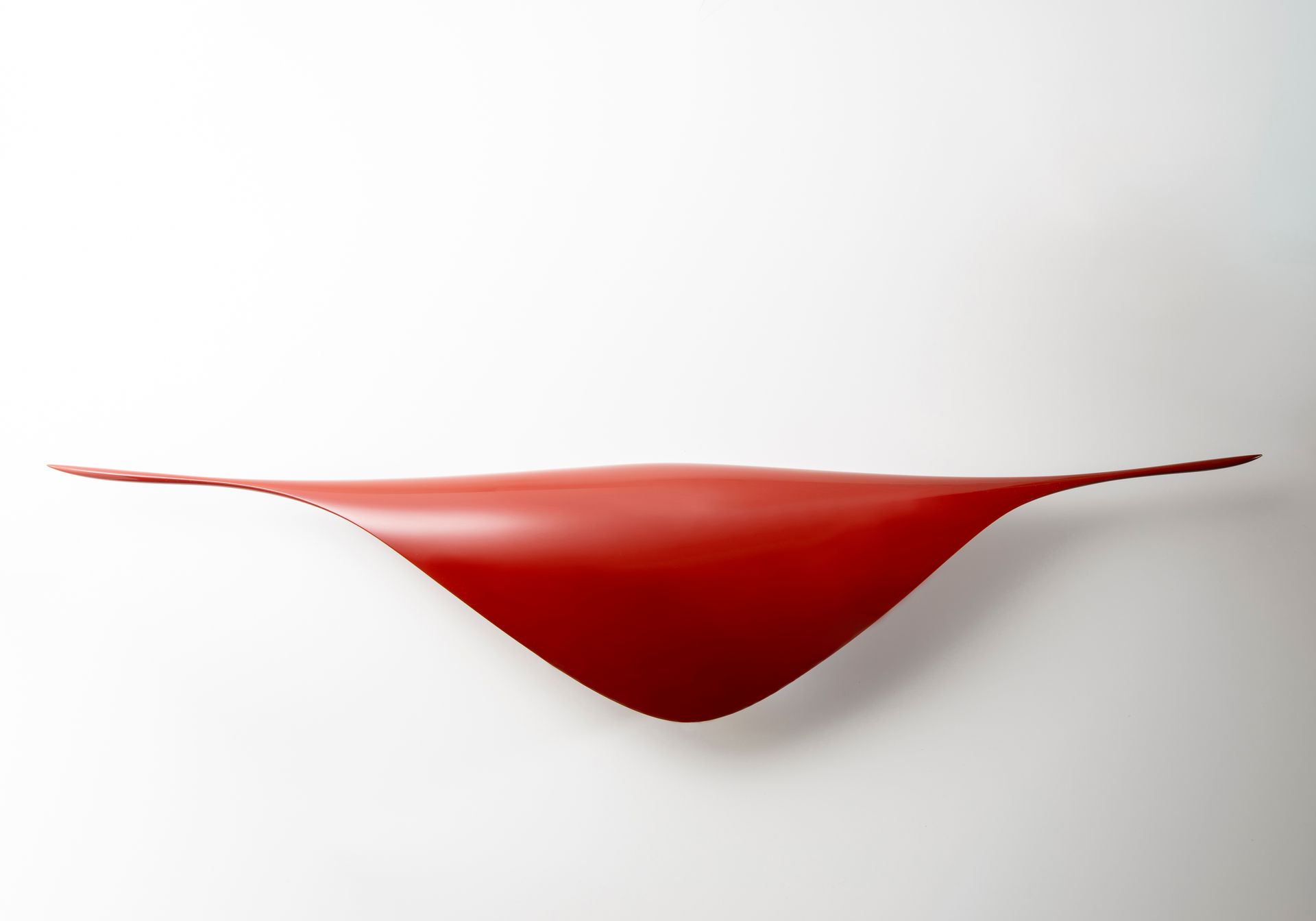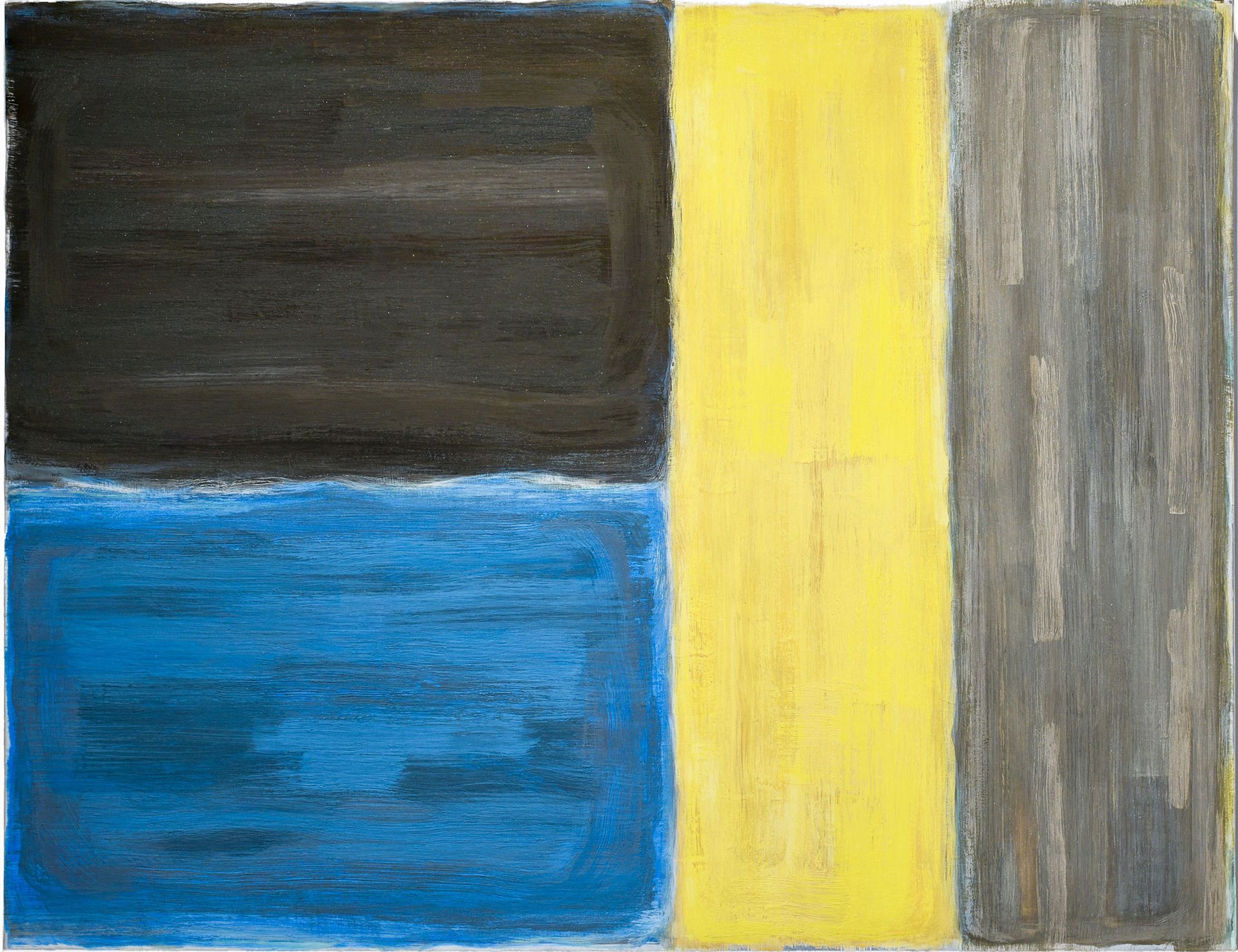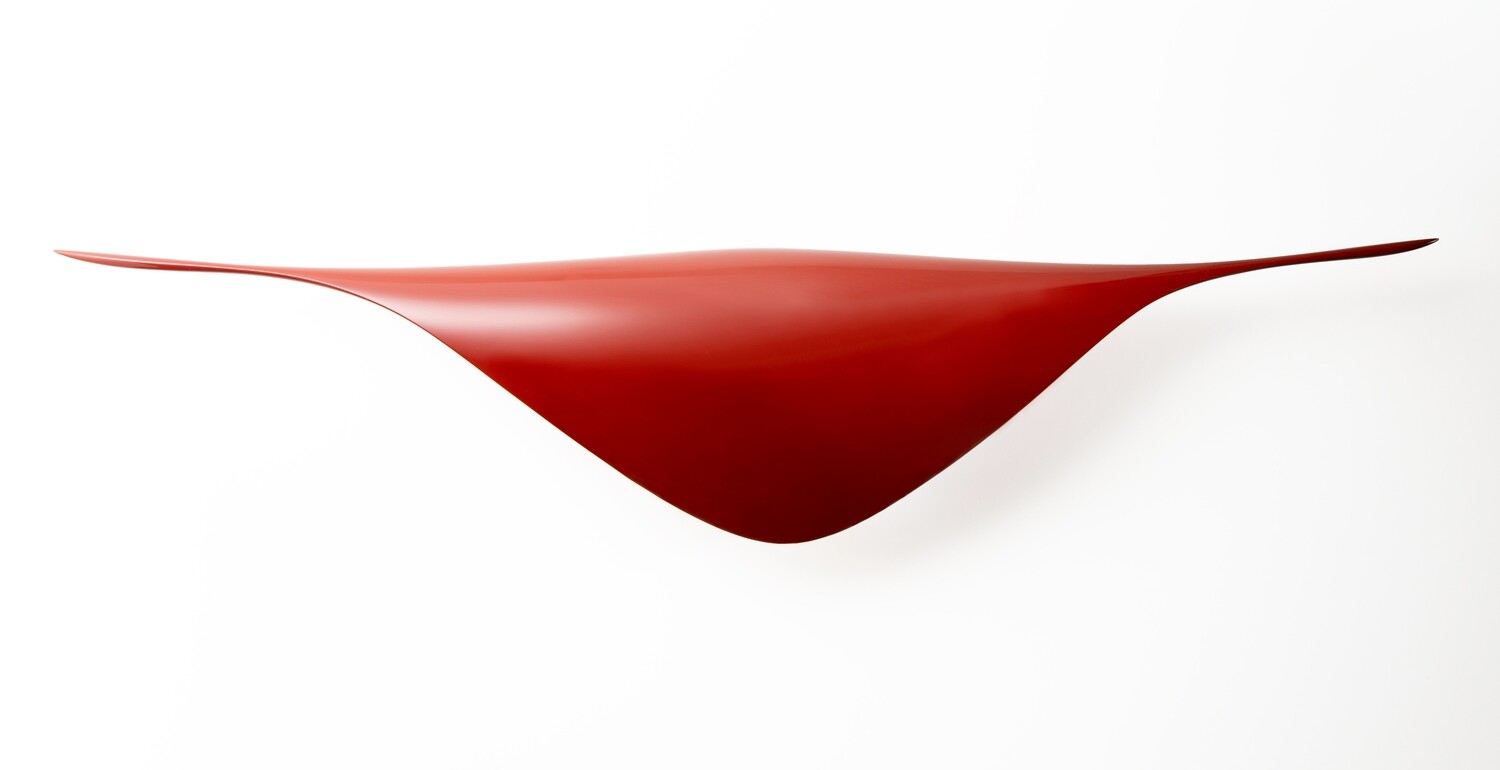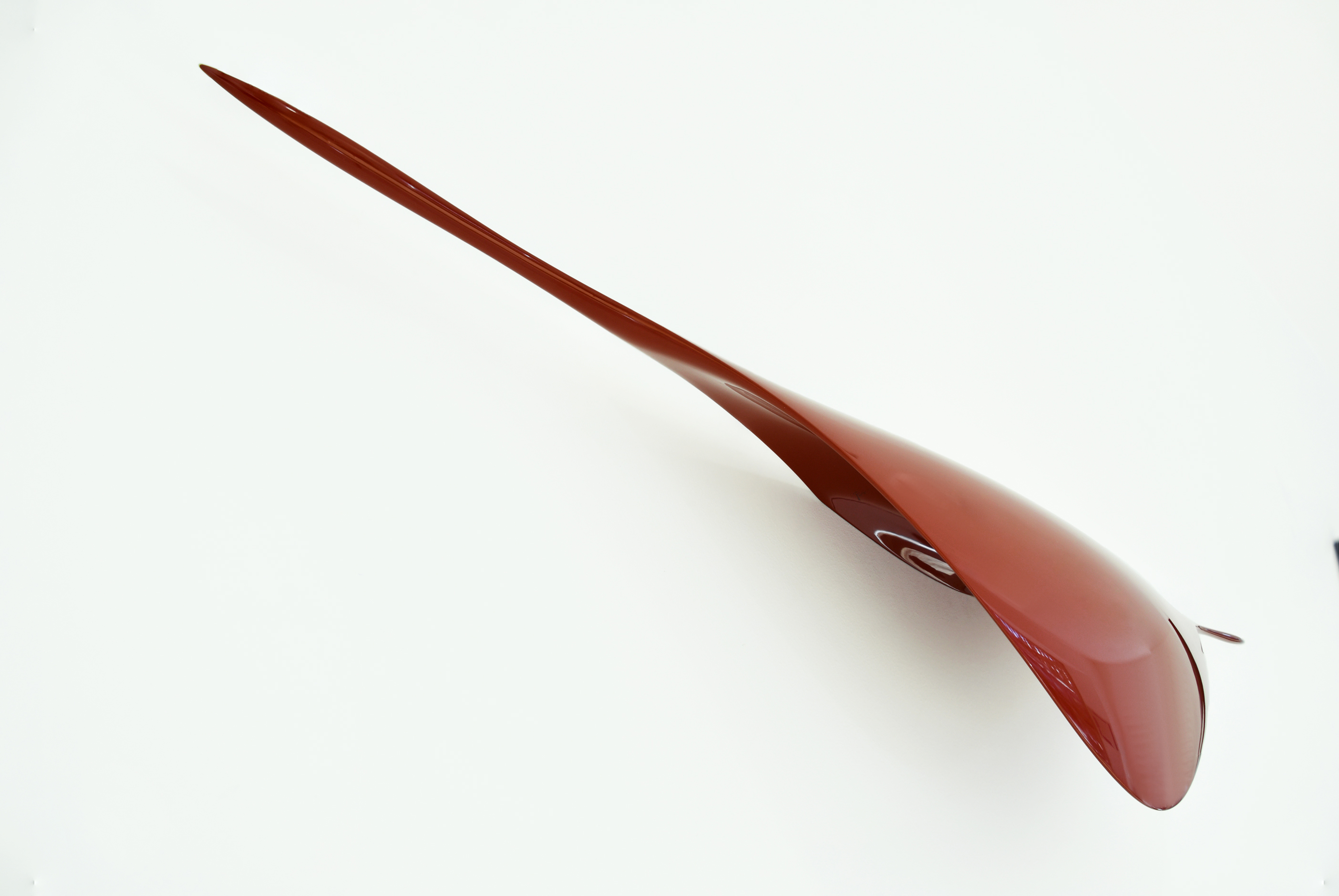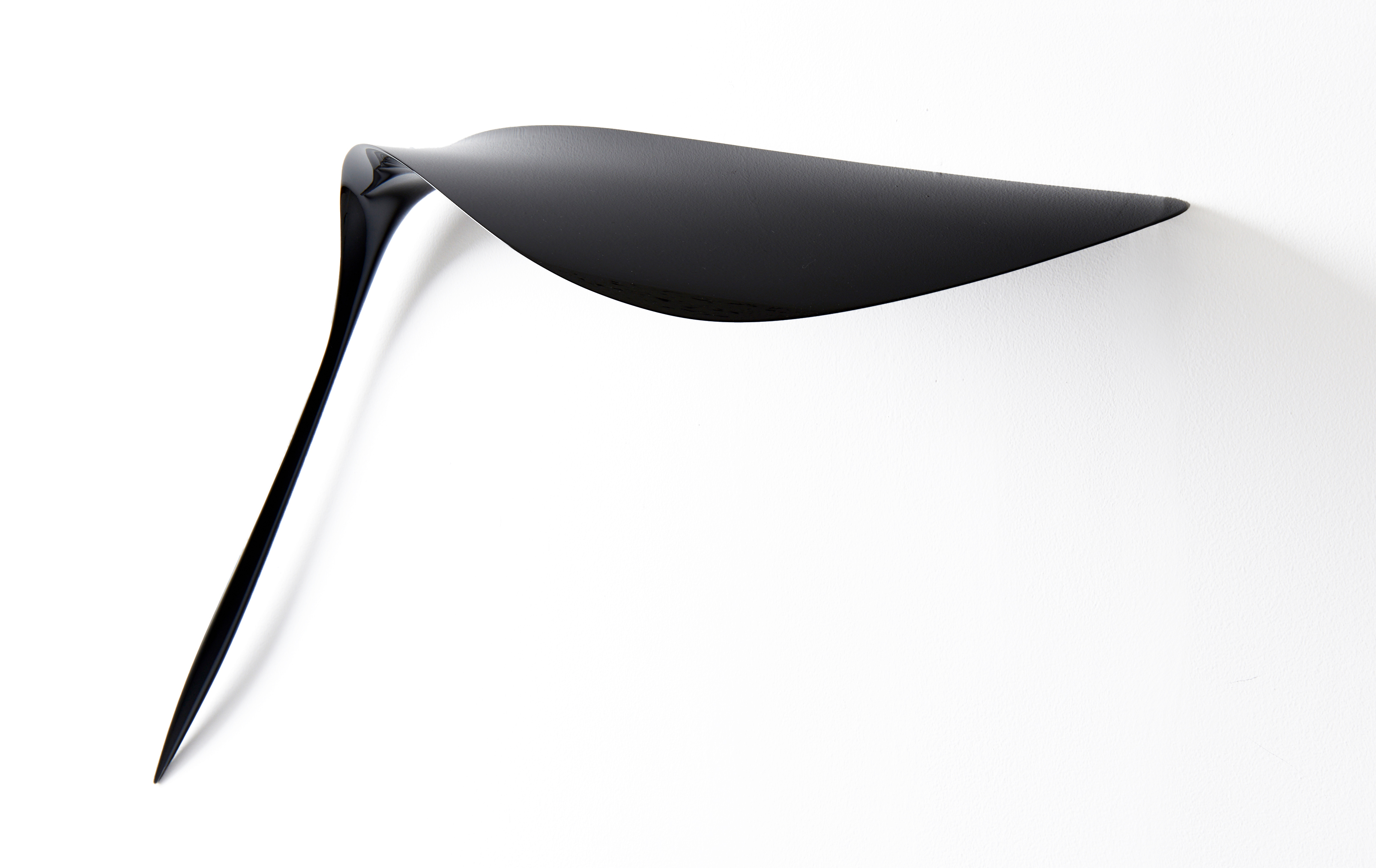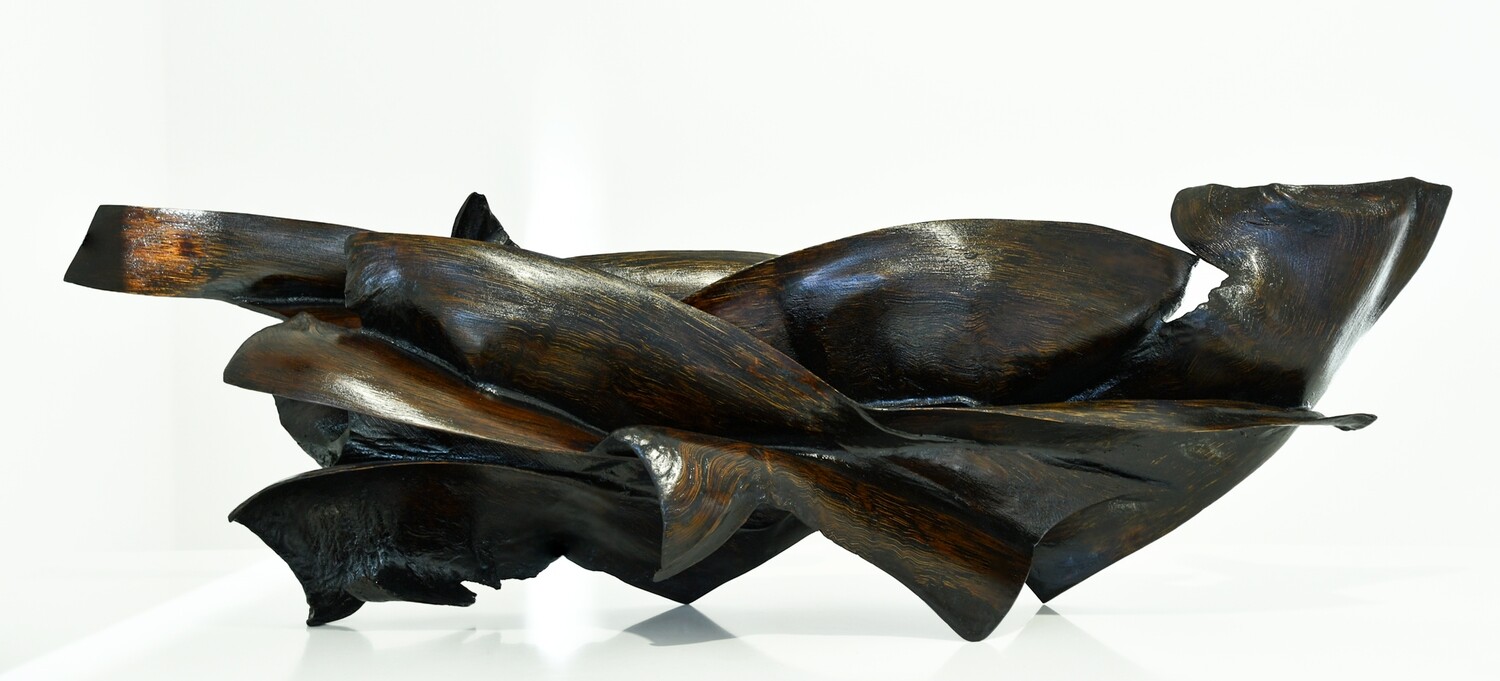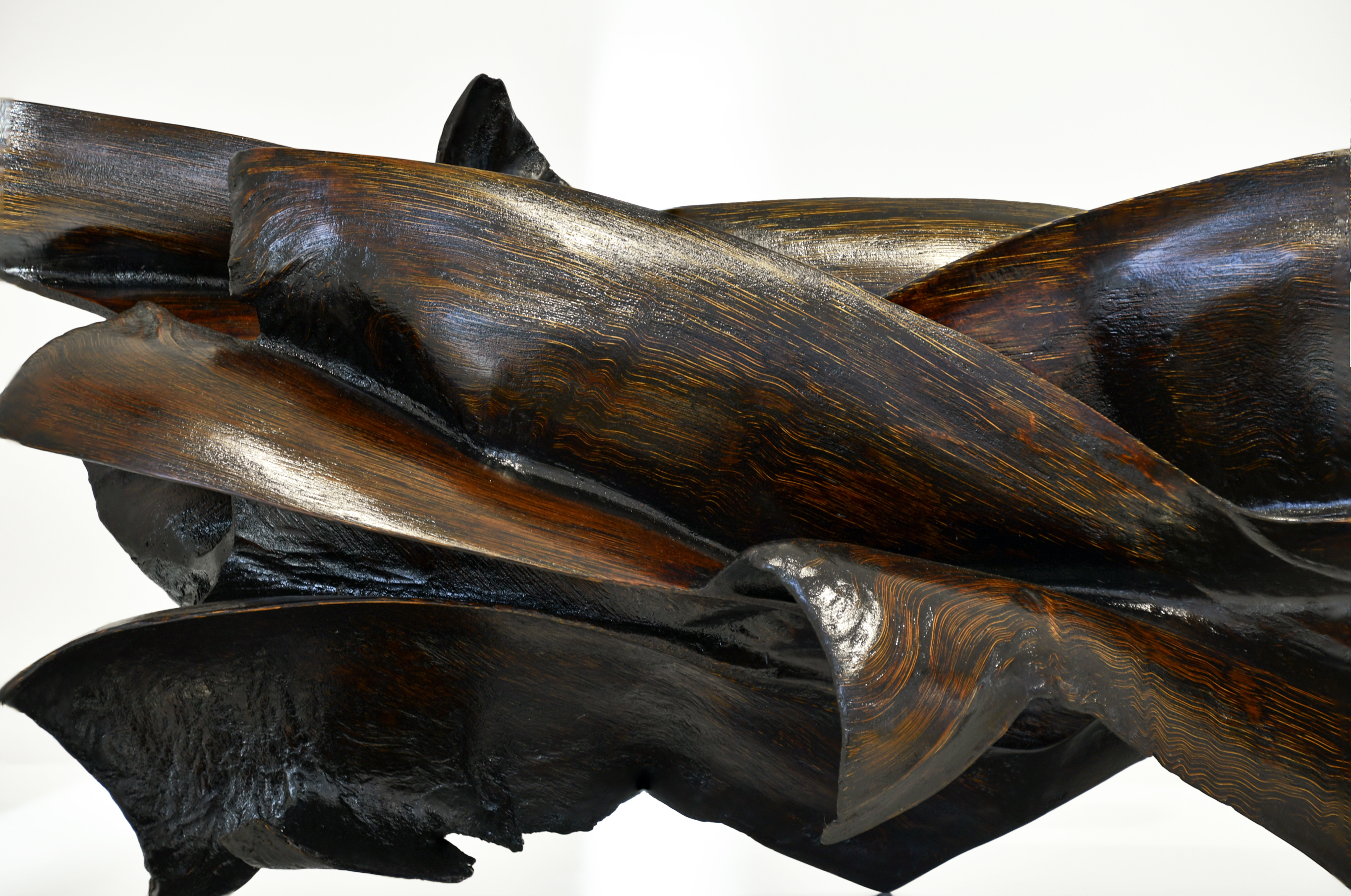Beyond the Wave | Duo Show
Takeshi Igawa | Masanori Maeda
11th of February 2023 – 10th of April 2023
AIFA Verbier, Switzerland
The Japanese contemporary art scene is made of remarkable diversity. Both subjects and media greatly vary among artists, going beyond the common perception of Japanese art mainly composed of figurative paintings, colourful patterns or work inspired by animation and pop culture worlds.
The two artists presented by AIFA for its 2nd Winter show at the Verbier Gallery,
Takeshi Igawa
and
Masanori Maeda
use long-established techniques in painting and traditional Urushi to create abstract works combining traditional know-how and contemporary designs.
In his creation process
Takeshi Igawa
first focuses on lines before determining their respective edges. Time is then spent on perfecting the carved shape to “fully expressed the beauty of lacquer once lines and surfaces perfectly harmonize”. His shapes break with traditional lacquer work while applied colours remain within the tradition of Urushi. Playing with shapes, exploiting the natural virtues of lacquer, its deep lustre, and mastering fundamental polishing methods is what pushes Takeshi into his own art boundaries and beyond. His work might be seen as the combination of sculptor’s preoccupations with the eye of a painter working on light and shadows.
Urushi, also called Japanese lacquer, has been mastered and extensively used by craftsmen from Japan and China since the neolithic era; an ancestral technique that continues to be transmitted across generations of lacquer artists. As the material itself is formless, it needs a surface to build on, reason why it was mainly used to cover utilitarian objects such as bowl, cups, boxes, and furniture. The turning point occurred in the 1950’s when for the first time a lacquer sculpture without any utilitarian characteristics was exhibited. Called
Moonlight
and created by Takahashi Setsuro it has been unveiled in Tokyo in 1953 at the second exhibition of the Association for Creative Arts and Crafts held at Wako department store. However, as emphasised by Andreas Marks, the curator of the Japanese and Korean Art at the Minneapolis Institute of Art, it is only in the late 1980’s that a group of artists challenged the practice and embarked onto more experimental forms using unconventional materials as work’s substrates.
The term nihonga was created in the 1880s, during the Meiji era, to distinguish ancient and traditional Japanese painting from Western-style oil painting; it literally means “Japanese painting”. Conventionally, materials used at that time were paper, silk or wood and, for painting, ink, mineral, or other natural pigments. In some cases, gold leaves are being added to the mix. Following World War Two, a few art movements, breaking with traditions, saw the light more or less at the same time not only in the West but also in Asia with, for instance, the Japanese avant-garde group called Gutai or the discursive movement named Mono-ha that emerged in Tokyo in the late 1960s. Although trained in nihonga, several artists from following generations chose to combine traditional techniques with new materials in a more conceptual manner.
Masanori Maeda
creates abstract works representing a seamless balance between traditional techniques and unconventional materials.
Artists Profiles
Liste des services
-
Takeshi Igawa 井川健
Born in 1980, Takeshi Igawa is an esteemed successor of ancient Japanese Urushi pioneers and is regarded as one of the leading exponents of the new wave of Japanese lacquer artists. At first his interest lied in woodworking, but he soon became fascinated by Urushi and decided to write his PhD dissertation on lacquer coatings.
Takeshi Igawa’s sculptures carry elegance and simplicity to immerse the viewer into the Japanese aesthetic. His artworks found their way into the most highly regarded collections in Japan and abroad such as the collection of the Minneapolis Institute of Art (MIA). He is currently an associate professor at the prestigious Saga University in Kyushu.
-
Masanori Maeda 前田正憲Élément de liste 2
Masanori Maeda's paintings are structured around horizontal or vertical layered blocks of alternating colours. Involving constant negotiation between calm and vitality and a balance between light and shadows; plunging the viewer into an almost meditative state.
Masanori has exhibited worldwide at art fairs and in solo exhibitions. His artworks found their way into institutional collections in Japan such as the Ryumon Temple Collection and the Tokyo University of the Arts.
List of Artworks

